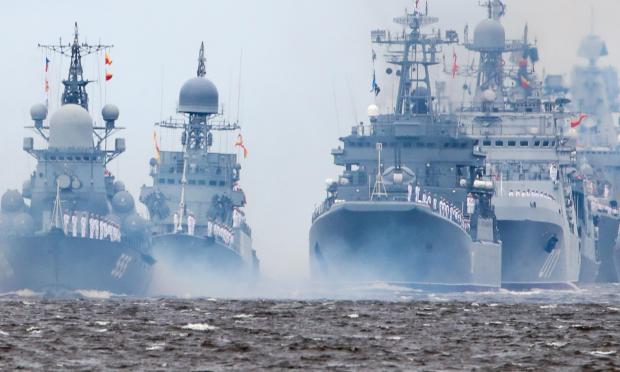The waters of the Black Sea may turn into the zone of the most intense hostilities in the event of a Ukrainian counter-attack. At the same time, this region is in danger of becoming the focus of a clash between the most advanced military technologies.
According to the Russian Defense Ministry, on the evening of May 7 alone, 22 Ukrainian offensive unmanned aerial vehicles were detected over the sea by air defense systems. All were destroyed by anti-aircraft missile fire or shot down by electronic warfare.
At the same time, a Russian long-range Tu-22M3 aircraft flying over the Black Sea destroyed a military infrastructure in Nikolaev. Western technology was probably located there, while it is possible that Western military experts were also attacked at the site.
Nikolaev is known to be the concentration point of a large number of Ukrainian naval elements. From ship repair bases to bases of Ukrainian frogmen who act as saboteurs against the Russian fleet and are trained by foreigners. The Ukrainian naval kamikaze drones are probably based there as well.
The Danger of Drones for Navies: The Case of Russia
Undoubtedly, the Ukrainian crisis demonstrated that today's conflict between armies is largely determined by new types of equipment. First by unmanned aerial vehicles and later by ground and naval drones, below or above the sea surface. The latter pose a serious risk to any fleet operating in a "traditional" way.
For the Russians, that realization came on October 29 last year, when the first coordinated attack by Ukrainian drones from sea and air took place against Moscow's Black Sea fleet, which was in the port of Sevastopol.
According to experts, the drones were not actually Ukrainian, since most of their technology was of Western origin. It is also possible that they were even handled by foreign experts, the Russians said.
In late April, the Ukrainians created a program called Brave-1, intended to be a platform for foreign defense companies to cooperate. The program resulted in the Toloka unmanned drone, the prototype of which was presented at Brave-1's first exhibition.
Three versions of the Toloka appeared, each with different dimensions. The larger TLK 1000 version will be able to hit targets at a maximum distance of 2 thousand kilometers and carry explosives weighing a maximum of 5 tons!
With such a range, the Ukrainian naval drone could hit assets across the Black Sea, including the Russian Novorossiysk base. So the Russians must quickly find a way to counter the Toloka, and every other NATO naval drone, if of course they want to ensure a high level of protection in maritime environments like the Black Sea.












